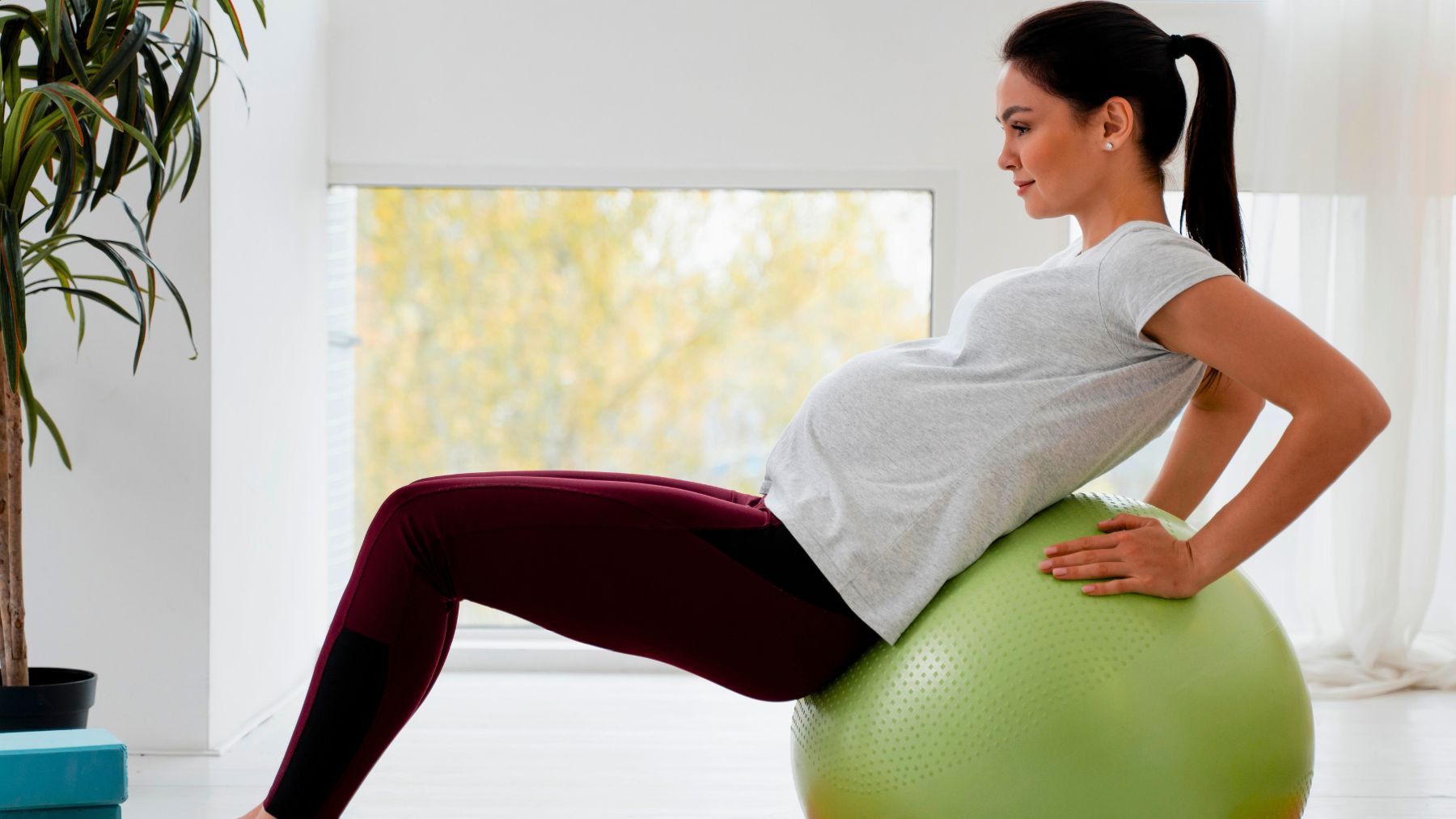Pregnancy is a period of numerous changes, and maintaining an active lifestyle can alleviate many of the challenges. Varicose veins are a common concern for expecting moms, yet regular fitness not only minimizes this risk but also promotes overall strength and stability. There is growing interest in a particular exercise that delivers these benefits without imposing undue strain on the body.
In the following sections, we’ll explore how Pilates can help prevent varicose veins and improve your comfort during pregnancy. We’ll also discuss other activities for those who are not ready for a gym setting or who prefer a varied routine. Let’s begin.
Pilates: the top exercise for pregnant women to avoid varicose veins
Pilates has become a favorite among many American moms-to-be, with endorsements from prenatal care experts and organizations such as the American College of Obstetricians and Gynecologists. It primarily targets the core, pelvic floor, back, and parts of the legs, critical areas that support healthy circulation. For pregnant women, focusing on these muscle groups is essential for preventing varicose veins.
Pilates improves posture by promoting proper alignment, which reduces pressure on veins and facilitates smooth blood flow. Its deliberate, controlled movements boost circulation without jarring the body. Many prenatal programs in cities such as New York, California, and Texas now incorporate Pilates sessions tailored specifically to each trimester, with certified trainers adjusting movements to ensure safety and comfort.
Furthermore, this activity gradually strengthens the abdominal muscles, which helps protect the lower back and hips from the extra strain associated with a growing belly. A strong core, in addition to preventing varicose veins, can make childbirth easier and accelerate postpartum recovery.
Other activities for expecting moms
While Pilates remains a standout option, several other activities are beneficial during pregnancy. Below is a closer look at some engaging options:
- Swimming and water exercises: These support the body by reducing pressure on the legs and lowering the risk of varicose veins. The natural buoyancy of water aids in maintaining proper circulation, and many community centers across the USA offer classes designed specifically for pregnant women.
- Exercises with a ball: A gymnastic ball offers a stable yet flexible platform for exercise. It helps improve balance and gently engage the core. This versatile tool is ideal for at-home workouts as well as structured prenatal classes.
- Modified gym workouts: For those who were regular gym-goers before pregnancy, there is no need to quit entirely. The key is to modify your routine avoiding heavy lifting, high-impact moves, and exercises with abrupt motions. Instead, focus on strength training that preserves core stability without placing extra pressure on the body.
- Walking and light cardio: A brisk walk on safe, even surfaces boosts circulation and enhances cardiovascular health. When combined with more focused exercises, walking can be a beneficial addition to any prenatal fitness routine.
Before starting any new exercise program, consult with your doctor to tailor a plan suited to your needs. Taking care of your body now can make the journey to motherhood a little easier.
